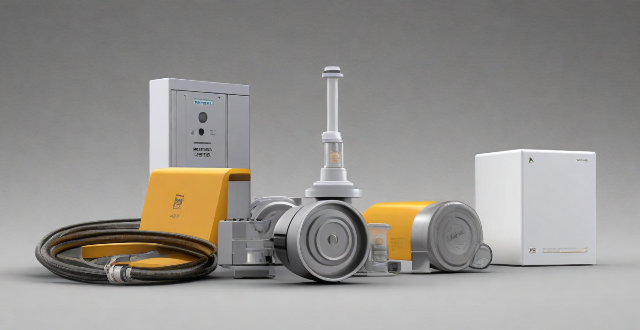Combination motor drives, or variable frequency drivesCombination motor drives, or variable frequency drives are electronic devices that control the or variable frequency drives (VFDs), are electronic devices that control the speed of AC electric motors. They are widely used in various industries for energy saving, control precision, and process optimization. Some sectors where combination motor drives are commonly employed include manufacturing and production industries, such as food and beverage processing, pharmaceuticals, automotive manufacturing, paper and pulp, energy and utilities, transportation and logistics, HVAC and refrigeration, textile and garment industry, pumps and compressed air systems. The adaptability and efficiency benefits of combination motor drives make them an integral part of modern industrial processes.

Which Industries Commonly Use Combination Motor Drives?
Combination motor drives, often referred to as variable frequency drives (VFDs) or adjustable frequency drives (AFDs), are electronic devices that control the speed of AC electric motors by varying the frequency and voltage supplied to the motor. These drives are versatile and widely used in various industries for energy saving, control precision, and process optimization. Let's delve into some sectors where combination motor drives are commonly employed.
Manufacturing and Production Industries
- Food and Beverage Processing: For precise speed control in conveyors, pumps, and packaging equipment.
- Pharmaceuticals: To maintain consistent production quality by controlling machinery such as mixers and conveyors.
- Automotive Manufacturing: Used in assembly lines to regulate the speed of conveyor belts and other machinery.
- Paper and Pulp: Controlling the speed of large rolls and drying processes is crucial.
Energy and Utilities
- Water Treatment Plants: VFDs manage the speed of large pumps and aeration systems to optimize water treatment processes.
- Wastewater Management: Similar to water treatment, VFDs control pumps and aeration systems in wastewater treatment facilities.
- Wind Turbine Systems: Some wind turbines use VFDs to adjust the pitch of the blades according to wind conditions.
Transportation and Logistics
- Elevators and Escalators: VFDs provide smooth acceleration and deceleration, improving passenger comfort and reducing mechanical wear.
- Conveyor Systems: Especially in airports and warehouses, VFDs ensure efficient and controlled movement of goods.
HVAC and Refrigeration
- Heating, Ventilation, and Air Conditioning (HVAC): VFDs regulate fans and pumps for energy-efficient climate control.
- Refrigeration Systems: Used in commercial and industrial cooling systems to manage compressor speeds and overall system efficiency.
Textile and Garment Industry
- Weaving and Knitting Machines: Precise speed control is essential for producing high-quality textile products.
- Dyeing and Finishing Machinery: VFDs help maintain consistency in dyeing processes by controlling the speed of dyeing machines.
Pumps and Compressed Air Systems
- Industrial Pumping Applications: VFDs control pump speeds to match flow requirements, saving energy and extending pump lifespan.
- Compressed Air Systems: Regulating the speed of air compressors to meet demand while reducing energy consumption.
Conclusion
The adaptability and efficiency benefits of combination motor drives make them an integral part of modern industrial processes. By providing precise speed control and energy savings, VFDs contribute significantly to operational efficiency and cost reduction across various sectors. As industries continue to evolve towards automation and energy optimization, the role of combination motor drives will become even more critical.